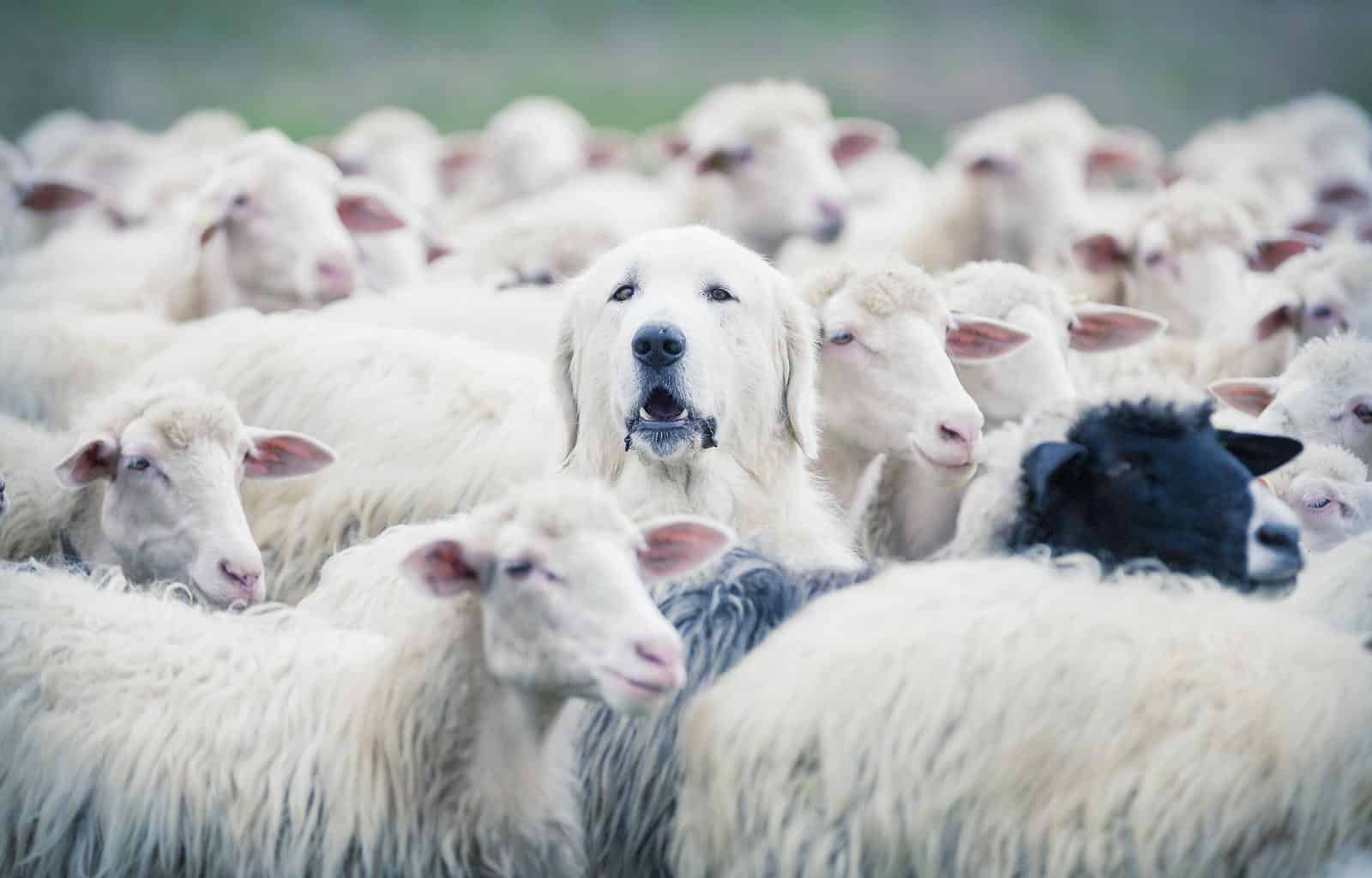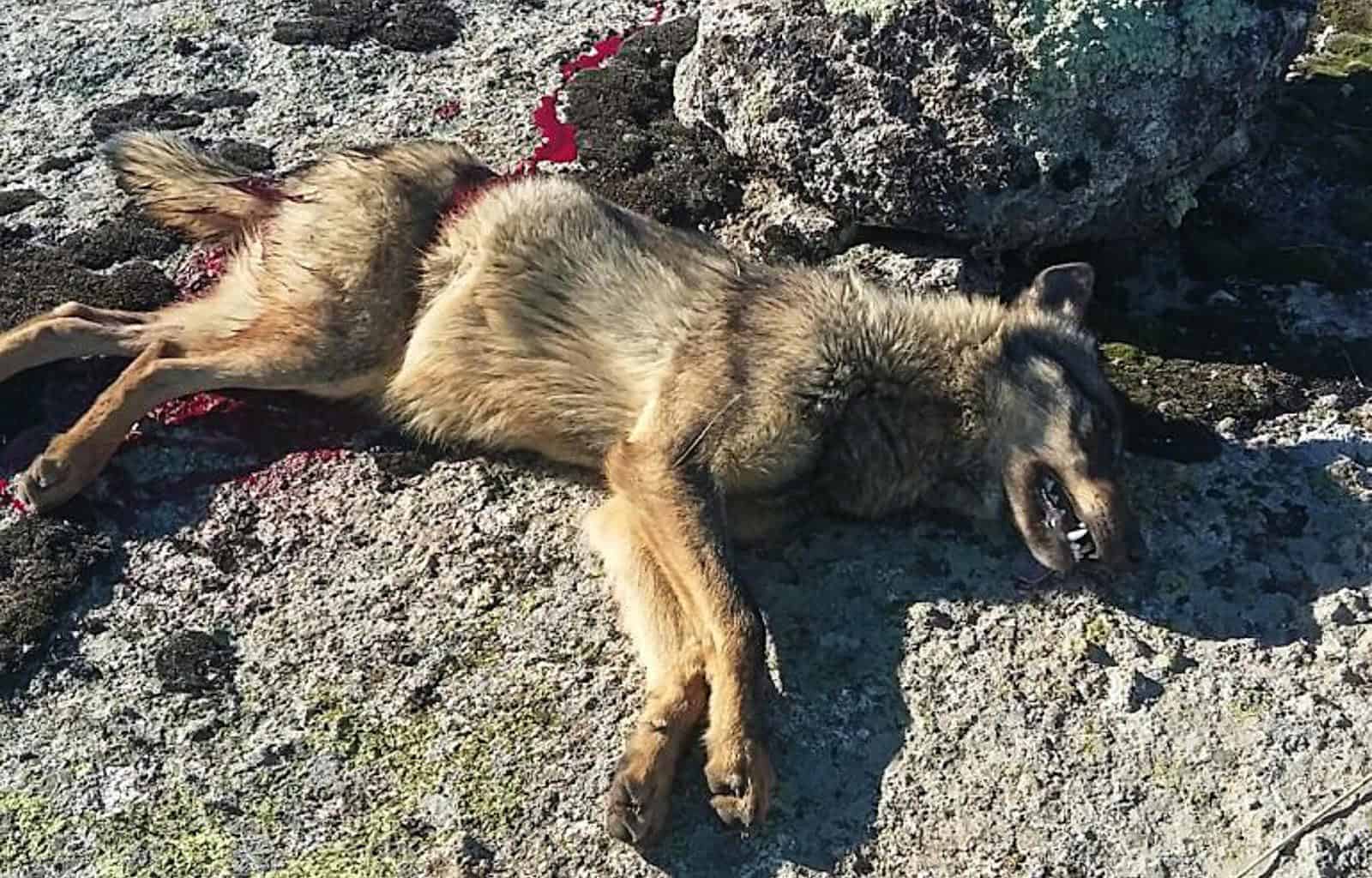Four steps to solve wildlife conflict
The European Parliament’s Policy Department for Citizens’ Rights and Constitutional Affairs commissioned a study on Large Carnivores in Europe. The study focuses on the legal framework, current management, and best coexistence methods. The researches identified three reasons why EU Member States allow killing of these (strictly) protected animals. But the European Union also identified four steps to solve wildlife conflicts in general and large carnivores conflicts in particular.
Please read also: Three reasons for killing Large Carnivores in Europe
The 4 steps to solve Wildlife conflicts
1) Proper Herdmanagement of Livestock
The most effective measure to reduce conflict is proper management of livestock. Scientific studies already proved that herd management is more effective than killing wolves. Several leading EU countries display the effect of proper herd management measures, like in Germany and in Switzerland, right in the middle of wolf pack territory.
“Scientific literature has shown that managing livestock is commonly presented as the most rationale, effective, fair and least controversial measure to decrease and prevent depredations, and thus mitigate conflicts. In addition, not only has scientific research been developed, but preventive measures and their efficiency have been proved and tested through EU funded programmes in different countries.”
states the report.
2) Well-structured damage compensation system
As we can see from the newly presented French Wolf Plan, well-structured damage compensation systems are crucial in the process towards a coexistence. The condition that livestock owners have basic minimum required protection in place, is fortunately becoming more common in Europe.
“Regarding damage compensation as a way to increase tolerance and the social acceptance of large carnivores in real or perceived conflict scenarios, scientific research has shown that compensation should be linked to clear compromises by the livestock herders to adequately manage the livestock.”
according to the report.
3) Well management communication between stakeholders
And an underlying principle to make the entire process successful, is communication with stakeholders. In Germany, shepherds, hunters, farmers and NGOs agreed on a common wolf strategy. Also in Austria, the European Wilderness Society attended a stakeholder involvement wolf workshop, where common concerns and demands were shared.
“Another important step towards conflict mitigation is the engagement of stakeholders. Stakeholders (especially farmers, as this group is the one mainly affected by the presence of large carnivores) should have easy access to information and technical support to apply the best coexistence tools available.”
following the report.
4) Sound scientific research on damage prevention
“Finally, we recommend that the Member States and the European Commission increase the financial support to the scientific research on damage prevention.”
conclude the researchers.
How much evidence we need?
There is a variety of EU-funded projects, running multiple years, focusing on conflict mitigation. The Large Carnivores are returning in Europe. Yet, their current distribution is still a fraction of its former range. The results of this study, as well as many other studies and projects, are clear:
[…] the removal of large carnivore specimens is ineffective or even counterproductive, both in reducing depredations to livestock and in improving the social acceptance of the presence of large carnivores. […] the rate of removal necessary to observe a significant decrease in the depredation rate is so high that it would compromise the conservation principle of the Habitats Directive.
concludes the study from the European Parliament.
Read the full report below:
Stay up to date on the Wilderness news, subscribe to our Newsletter!









